Following on from the Society’s successful visit in September 2023, Graham Steven of Natural England led a return visit to Aldermaston Gravel Pits on the morning of Saturday 18 May. The site is managed by Natural England. There is no public access and it is kept locked. As was expected, sightings in May were very different from what had been seen the previous September. It was a cool, cloudy morning, but brightened up with occasional bursts of sunshine towards the end of the walk. When Graham first arrived on site, he saw a Grass Snake and heard a singing Nightingale close to the area near the entrance where the cars would be parked. The first part of the walk was over an extensive area of dry, stony ground where flower sightings included Common Stork’s-bill, Thyme-leaved Sandwort, Rue-leaved Saxifrage, Sheep’s Sorrel, Common Cornsalad and Thyme-leaved, Wall and Heath Speedwell. Plants identified by their leaves included Hoary Plantain, Common Centaury, Common and Blue Fleabane, Field Madder, Yellow-wort and the rare Wall Bedstraw. Hairy Sedge and Dog’s-tooth Lichen were abundant and a small clump of Early Hair-grass was inspected.
The walk continued past a gravel bank where several Bee Orchid spikes looked as if they would soon be coming into flower. There were many Wild Strawberry flowers, plus a single ripe berry. Graham then led the group to a pond. On the previous September visit, the pond had been dry and covered by a sea of Nodding Bur-marigold. Following the very wet winter, the pond was still full of water. The management plan for this area involves gradually clearing most of the willows, thereby opening the pond and reed bed to more light. Canada Geese in the gravel pit beyond the pond were behaving very aggressively and making a great deal of noise. The walk continued round the dry stony area. Flowers seen included Mouse-ear Hawkweed, Lesser Stitchwort, Changing Forget-me-not and Lesser Trefoil, while plants identified by their leaves included Pennyroyal, Teasel, Common Bird’s-foot Trefoil, Water Mint and the invasive non-native Tree Lupin. Inspection under the remains of a wooden owl box which was lying on the ground revealed a Toad and a Glow-worm larva.
The next part of the walk was along the main trackway through the reserve, with gravel pits on the left and willows on deep silt on the right. The edges of the ride had been cut by contractors. A family of Tufted Ducks, two Little Grebes and a number of Cormorants were seen out on the open water. Some of the Cormorants were perched on bankside trees, with wings spread out to dry. Water Dock plants, with their characteristic giant leaves, were growing in the water at the edge of the pit. In contrast, tiny Blinks plants were spotted down on the track with Greater Bird’s-foot Trefoil nearby. Graham led a brief diversion into the willow-covered area to the right of the track to find Skullcap, Remote Sedge, Marsh Bedstraw and Loddon Lily – the latter was a plant which he had introduced to the reserve. The main track led to an open area with long grass where False Fox Sedge, Purple Loosestrife, Ragged Robin and Creeping Jenny were seen. A Banded Demoiselle and a Common Blue Damselfly perched on vegetation while Mayflies danced overhead. The walkers then turned round and followed the track back to the entrance of the reserve.
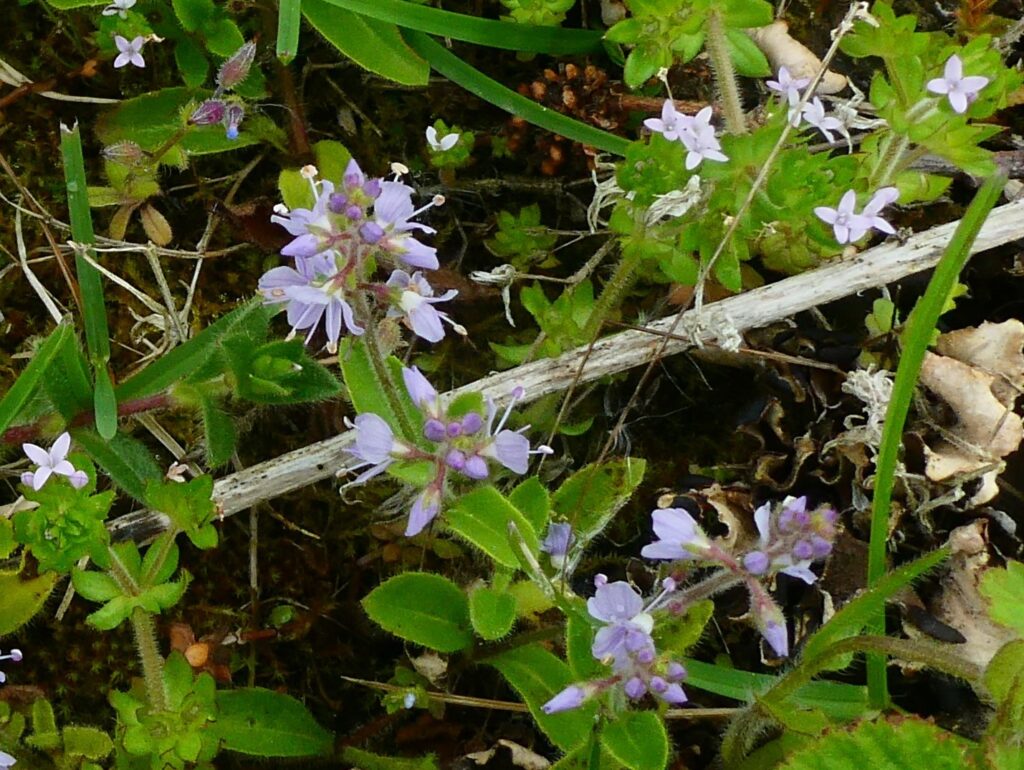
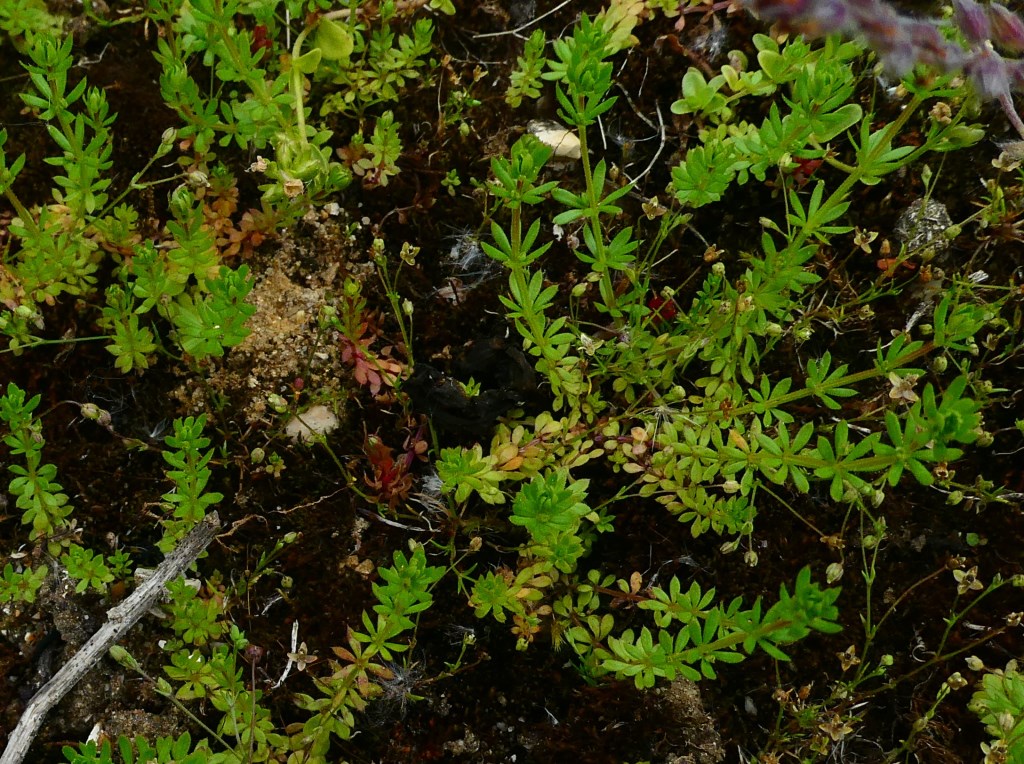
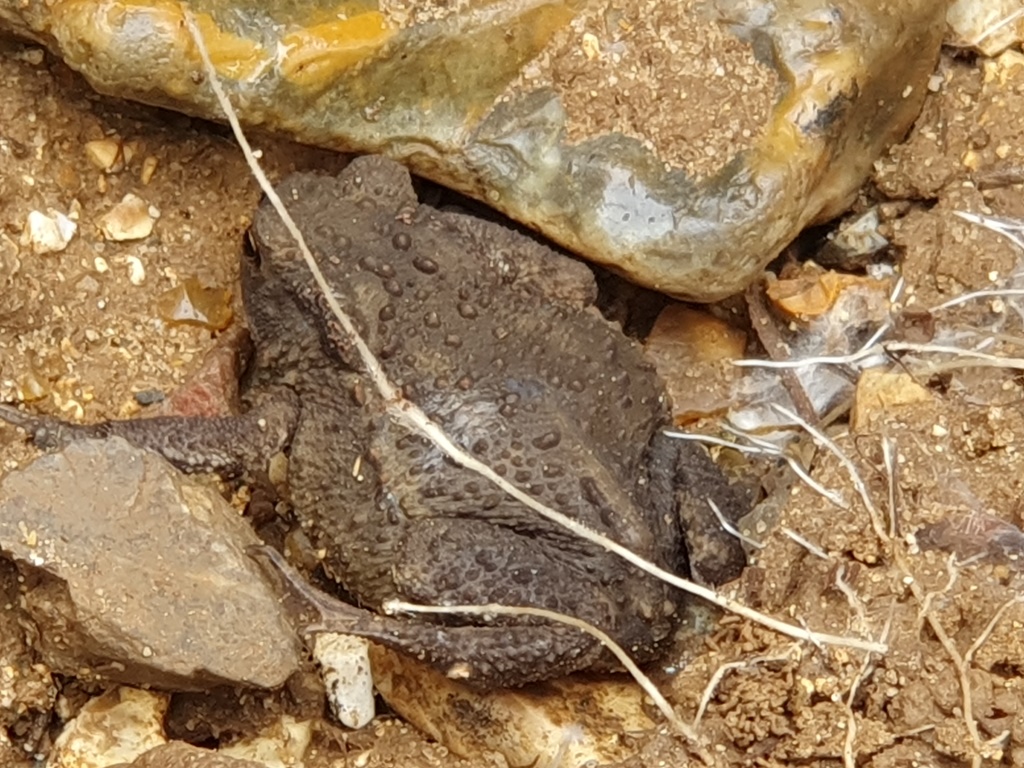
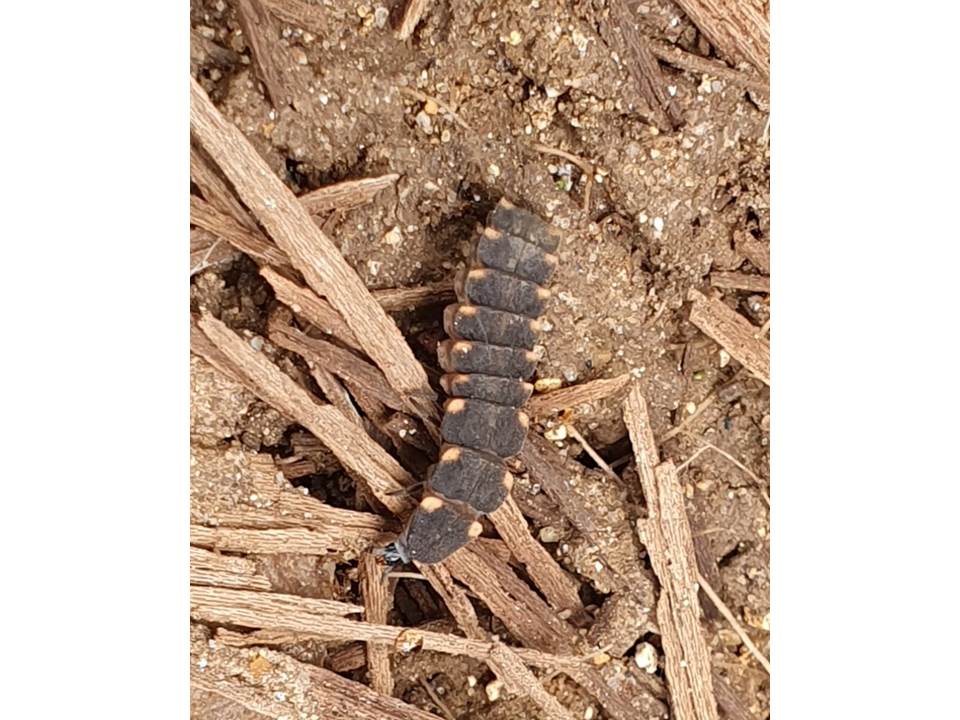
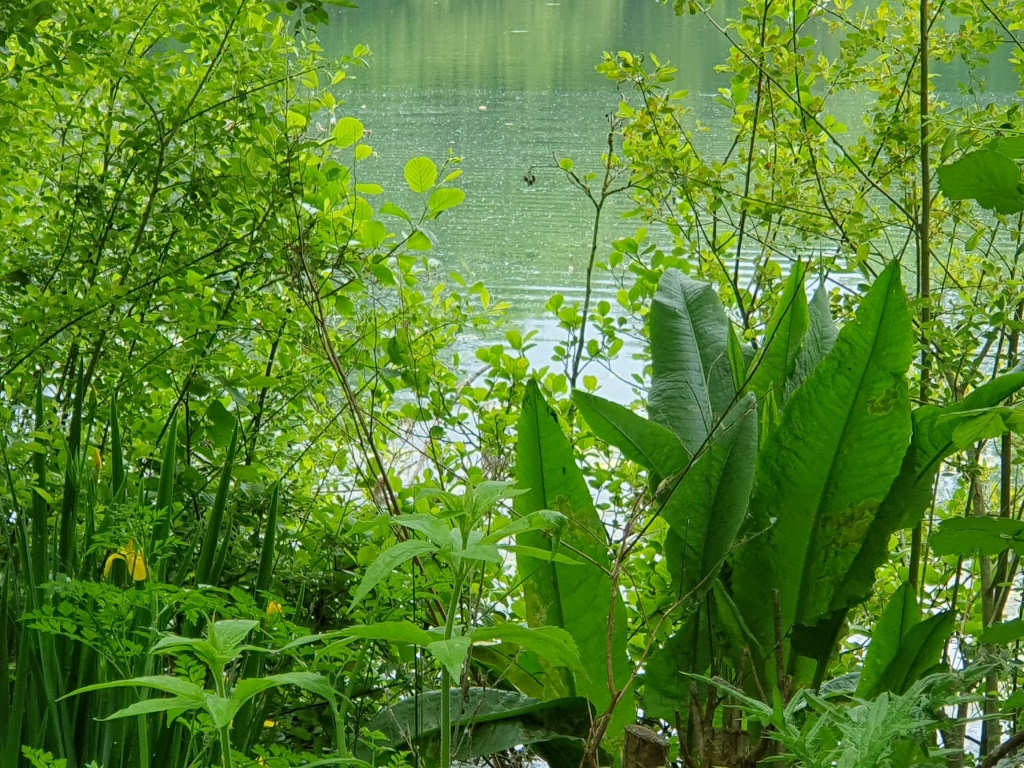
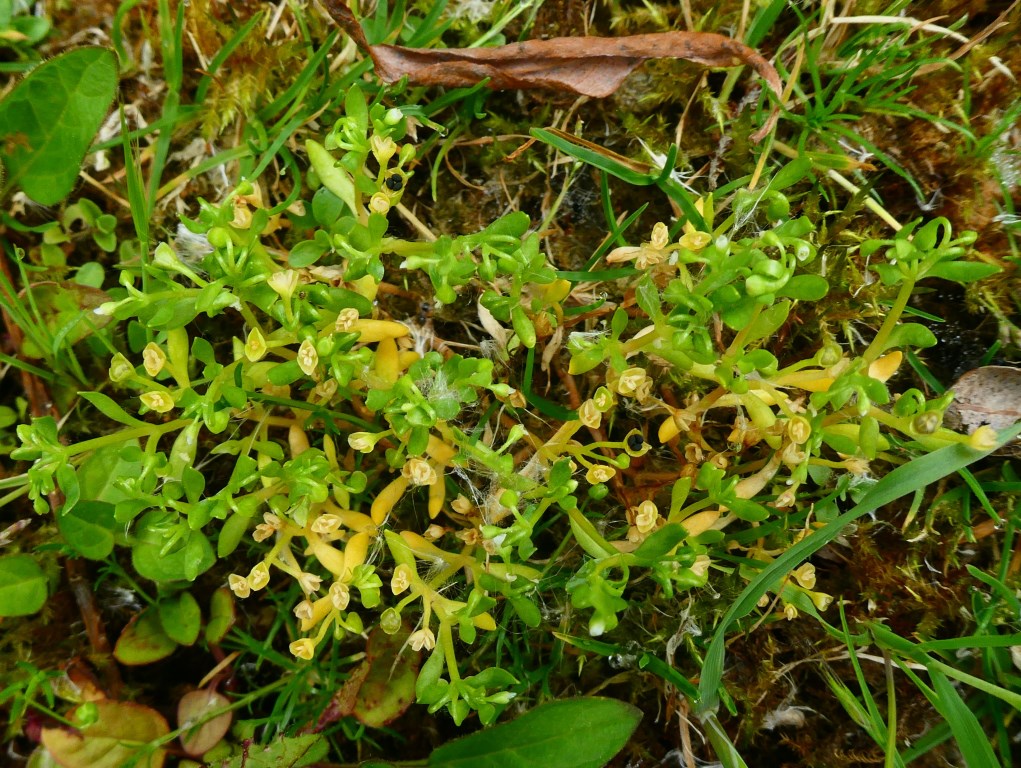
Pictures by Fiona Cummins and Jim Wills
